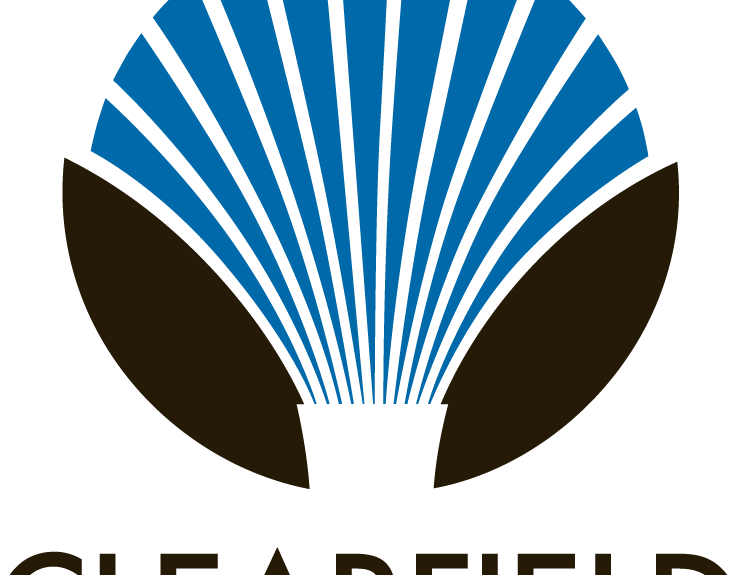FFB Week 39: Aging in Place: Powered by Fiber
Aging in Place: Powered by Fiber
This week’s Fiber for Breakfast podcast, Thomas Kamber, founder and executive director of Older Adults Technology Services (OATS) from AARP, shared how broadband—and fiber in particular—is reshaping the experience of aging in place. From his early work in post-9/11 New York to leading OATS’ nationwide growth, Kamber has seen first-hand how the importance of fiber connectivity can empower older adults with independence, health, and community.
Kamber founded OATS in 2004 after meeting a 77-year-old woman who wanted to participate in community rebuilding but didn’t know how to use the internet. “I started giving her volunteer lessons, thinking I was going to help her learn technology—which I did—but she helped me understand how older people were navigating a whole new era of aging,” he recalled. At that time, only 22% of Americans over 65 had ever been online. Today, OATS and its award-winning Senior Planet program reach more than 700,000 people annually through classes, flagship centers, and partnerships at over 600 sites nationwide.
Central to this work is reliable broadband. “The fact that you’re measuring and fighting for access and connection—fiber that’s strong, reliable, and expandable—is absolutely vital,” Kamber stressed. “Older adults don’t have another 50 years to wait. We need to get them connected now.”
From Bingo Halls to Broadband Communities
For decades, senior services revolved around in-person activities with limited reach. Fiber connectivity has transformed that model. OATS now supports hybrid learning where participants in Nashville can join peers in Denver or even Australia for a cybersecurity or financial planning class. “Technology has transformed how organizations work together and how people participate,” Kamber said.
Connectivity also fuels skills development and workforce opportunities. Many older adults are using broadband to reskill online, participate in the economy, or pursue lifelong passions. “The enrichment of people’s skills is profound—especially for older adults who have more time in retirement to do more,” Kamber noted.
Telehealth and Well-Being
The pandemic highlighted another critical role for broadband: healthcare. When reimbursement rules expanded, telehealth adoption surged. Kamber cited a woman in Wyoming who had driven seven hours round-trip each month for a specialist visit. “She learned how to use telehealth through one of our partner sites, and suddenly that trip was no longer a necessity. That’s life-changing.”
Still, fewer than a quarter of older adults regularly use telehealth. Reliable broadband is the prerequisite. As Kamber emphasized: “If you’ve ever seen an older adult with limited mobility spend all day for a 15-minute appointment, you know why fiber is so essential to healthcare access.”
Tackling Isolation and Fraud
Social connection remains one of the biggest challenges for older Americans, with one in five facing severe isolation. Broadband can help bridge that gap. OATS research with Cornell found that distributing tablets—and providing training—significantly expanded older adults’ social networks. “Everybody made more friends,” Kamber said. “Those who took online training doubled the effect.”
But with opportunity comes risk. Older adults are disproportionately targeted by fraud and scams. OATS is incorporating AI literacy and digital security into its curriculum. “When you turn 60, you get a target on your back,” Kamber warned. “We have to empower people to use AI and technology intentionally, not just to participate, but to protect themselves.”
What ISPs Can Do
For ISPs and network builders, Kamber sees enormous partnership potential. Through Senior Planet, providers can connect customers to free digital literacy classes offered in English, Spanish, and Chinese. Local libraries and senior centers can license OATS’ curriculum at no cost. Customized partnerships are also possible.
“Think about the way fiber broadband has opened possibilities for what my organization can do, for what AARP can do, and for what older adults are doing,” Kamber concluded. “We are activating really powerful change in our communities.”
Click here to listen to the full episode or find previous episodes of Fiber for Breakfast.
Click here to view the slides used in this episode.




